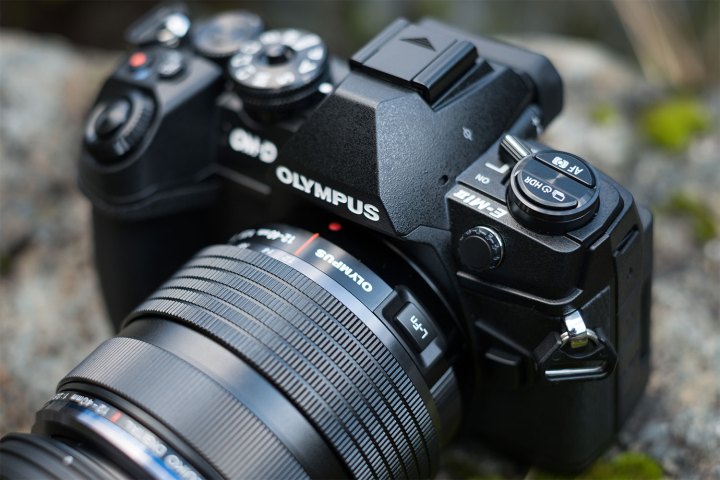
That was enough to earn a Digital Trends Editor’s Choice award, but apparently Olympus engineers think they can do even better, revealing that improvements to both stabilization and autofocus, among other things, could be coming via future firmware updates.
“Our [image stabilization] is becoming very, very sensitive. But we are not satisfied with the current performance and will continue to improve it,” said Olympus’ Hisashi Takeuchi in a recent interview with DPReview.
The stabilization system on the E-M1 Mark II already offers up to 6.5 stops of shake reduction when paired with an optically stabilized lens, such as the 12-100mm f/4 Pro. That Olympus believes it can improve upon this is intriguing, as the company clarified in an interview with Amateur Photographer back in September that 6.5 stops was a “theoretical limitation” due to the rotation of the earth. Breaking through this barrier with a simple firmware upgrade would be impressive, but Olympus did not detail how it plans to do so.
As for autofocus performance, Olympus wants to improve tracking speed, which will be beneficial for action sequences and shooting video. The firm is also considering adding the ability to change autofocus racking speed in video, allowing users to choose between rapid response or a slower, more natural focus change.
Olympus also hopes to address one of the complaints about the E-M1 Mark II: the inability to enter image playback while files are still being copied to the memory card. Especially when shooting high-speed bursts, it can take a considerable amount of time before all of the photos transfer from the camera’s buffer to the card. Allowing users to enter playback while this process is happening would make the camera feel faster.
While Olympus did not clarify when these improvements and new features would find their way into a firmware update, E-M1 Mark II owners will be happy to know that their investment is only going to improve from here on out.
Editors' Recommendations
- Olympus E-M1 Mark III vs. Olympus E-M1 Mark II: Is the upgrade worth it?
- New teleconverter from Olympus doubles the reach of its longest lenses




